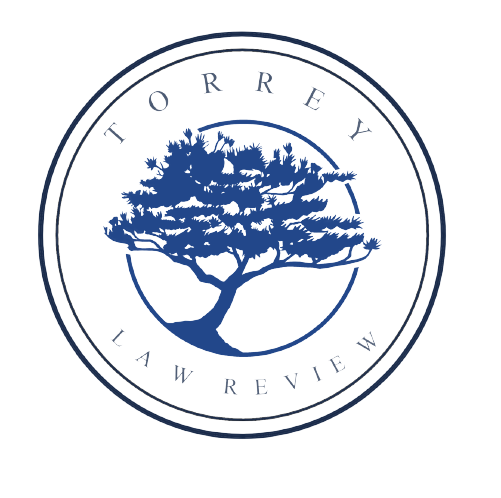Tinker v. Des Moines Independent Community School District
Introduction
The First Amendment to the Constitution guarantees our freedom of speech, expression, and assembly. However, the First Amendment also has certain limitations, and the rights provided therein are not guaranteed in all situations. One of the instances in which a person’s freedom of speech or expression may be limited is during school or while in the classroom. The Supreme Court case Tinker v. Des Moines Independent Community School District, decided in 1969, aimed to answer the question of whether a ban on symbolic speech at school violated the First Amendment, and whether silent political expression in the classroom should be protected.
Facts
In December 1965, a group of high school students from Des Moines, Iowa, planned a demonstration in protest of the Vietnam War. They chose to wear black armbands to school as their form of protest. School principals learned of the students’ decision and quickly banned the wearing of black armbands on campus. The school threatened to suspend any student who refused to remove an armband when asked to do so. Two days after the implementation of the new rule, two students, Christopher Eckhardt and Mary Beth Tinker, were sent home and suspended after wearing the armbands to school. The following day, Tinker’s brother, John, wore a black armband to school and was sent home and suspended as well.
Legal Background
The three students, John Tinker, Mary Beth Tinker, and Christopher Eckhardt, with the help of their parents, sued the Des Moines Independent Community School District. They sought an injunction to restrict the school district from carrying out disciplinary action. Even though the district court did not find any significant disruption to the school’s activities caused by the protest, the case was dismissed on the grounds that the school’s actions were rational and within their scope of power. The students’ families appealed, but the district court’s decision was affirmed without opinion by the Eighth Circuit. The families appealed the case to the Supreme Court.
Holding & Reasoning
The Court held that expressing one’s views through the wearing of an armband to school was considered “pure speech” and, therefore, fell under the First Amendment’s Free Speech Clause. The Court reasoned that going to school does not waive the First Amendment rights of the students or teachers, as long as their actions and speech are non-disruptive, non-threatening, and non-violent. Furthermore, school administrators do not have absolute power over schoolchildren and cannot silence views merely as a result of disagreement. It is important to note that the ruling of this case does not apply to disruptive or violent expression in schools, as the actions of a student would have to “materially and substantially interfere” with the activities of the school in order to justify suppression of the student’s First Amendment rights. The Court cited the 1966 case Burnside v. Byars, a Fifth Circuit decision, as relevant precedent to help decide the constitutionality of the actions of Christopher Eckhardt, John Tinker, and Mary Beth Tinker. In Burnside, the Fifth Circuit ruled in favor of the students after their high school banned them from wearing buttons to protest racial discrimination. Similarly, the Tinker Court held that the petitioners’ actions here were neither disruptive to the school environment nor intrusive to learning.
Analysis
Based on the lack of evidence that a disruption was caused by the petitioners, and the logic behind the Fifth Circuit’s ruling in the 1966 case Burnside v. Byars, it appears that the Court made the correct decision in ruling that the Des Moines Independent Community School District did, in fact, violate the students’ First Amendment rights by banning their protesting through the wearing of armbands. The Court correctly made the important distinction between disruptive and non-disruptive speech at school, and their ruling aligns with the Burnside analysis of the protection of symbolic speech in schools, a form of peaceful protesting ruled to be protected expression under the First Amendment.
The Tinker case, along with Burnside, created the “substantial disruption” test, later commonly referred to of the “Tinker test.” In Melton, the Sixth Circuit ruled that the wearing of a Confederate jacket to school was a disruption and was therefore not protected by the Constitution.20 The “substantial disruption” test is still in place to date, but in the 2007 Supreme Court case Morse v. Frederick, the Court made the test less protective, ruling that even if a student’s speech is not disruptive, it is not necessarily protected if it goes against school policy, in this case by promoting drug use.
The ruling in Tinker is crucial, as it highlights the breadth of First Amendment protection at school and confirms that school administrators and teachers cannot silence students simply because they disagree with their message. The ruling ensures that students still have the right to hold their own opinions and voice them, so long as they do so in a way that is not disruptive to the school environment.
